Urban Chaos, Nostradamus, and Fear of the New Millennium
The action game’s expansive world was ground-breaking in 1999
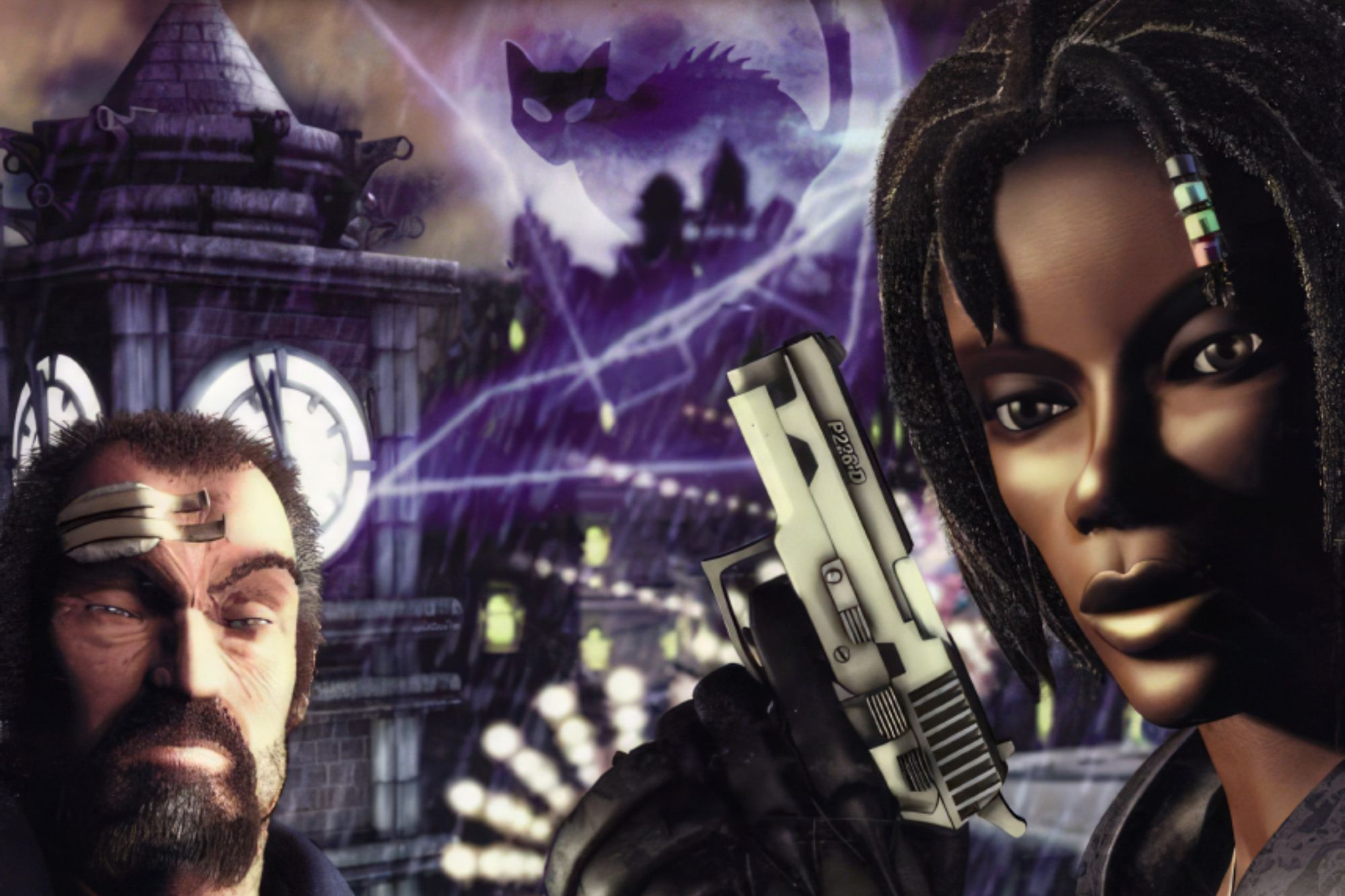
Paranoia of a different kind gripped the world in the late 1990s. The new millennium was an open chasm in the minds of many people. What would people find on the other side? Nostradamus became popular in this realm of uncertainty. Urban Chaos, a game that hit shelves just as people prepared themselves for the worst, is now a time capsule of this period.
Ideas that gallop
Union City is in disarray. Violence floods the streets. Criminals, along with Wildcats gang members, rule the city. Its police force, the UCPD, struggles to navigate the dangerous times.
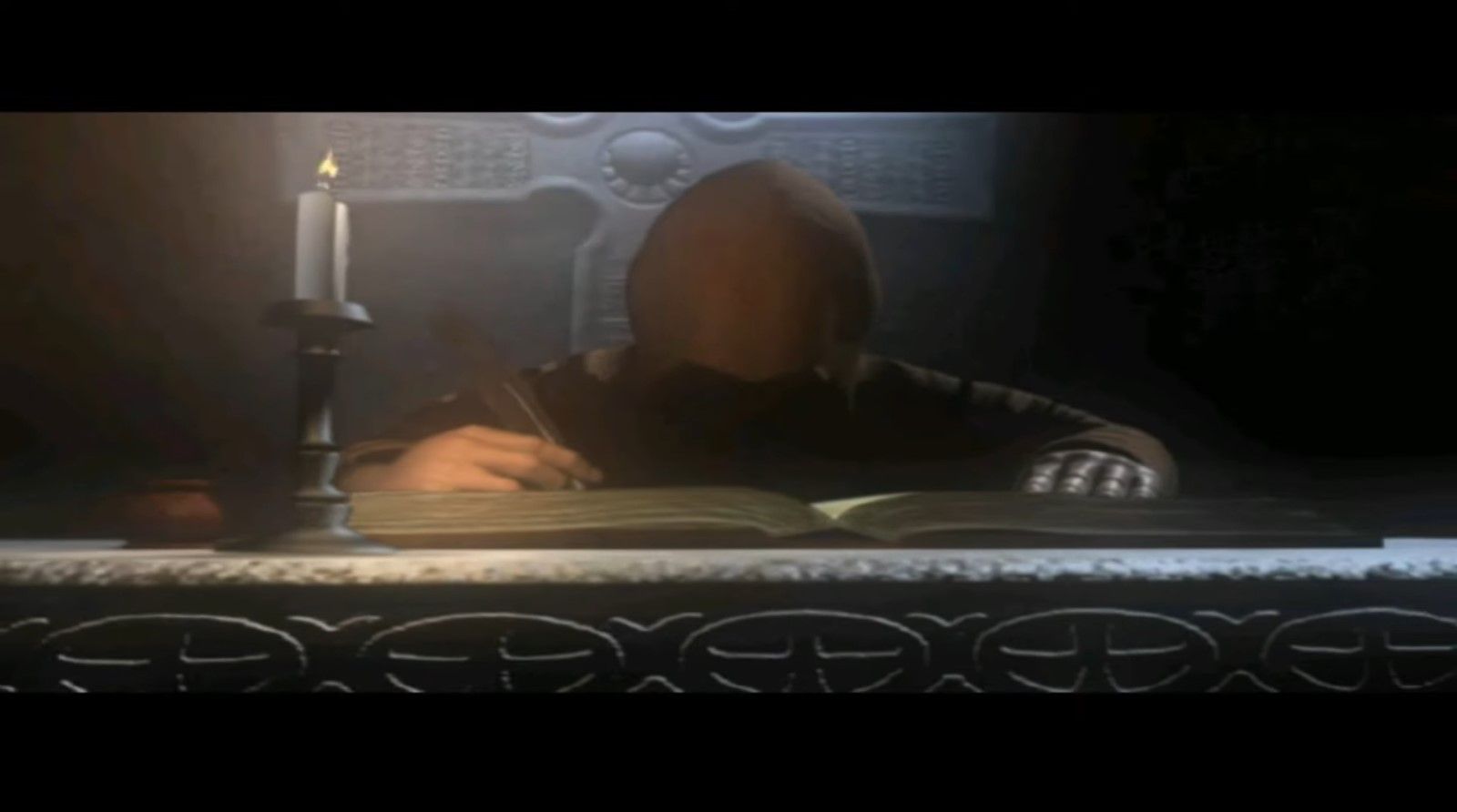
Some force fuels the changes. The game provides some cryptic half-answers. In the opening movie, Nostradamus states:
In the year 1999, and seven months, from the sky will come the great King of Terror. He will bring back to life the great king of the Mongols. Before and after war reigns happily.
This is a real Nostradamus prediction. It was one of the rare instances he provided a specific date, which heightened its popularity in that year. People puzzled over its true meaning. Back then, some said it meant that the Antichrist would terrorize the world in 1999, whilst others theorized an Asian country would ignite World War III.
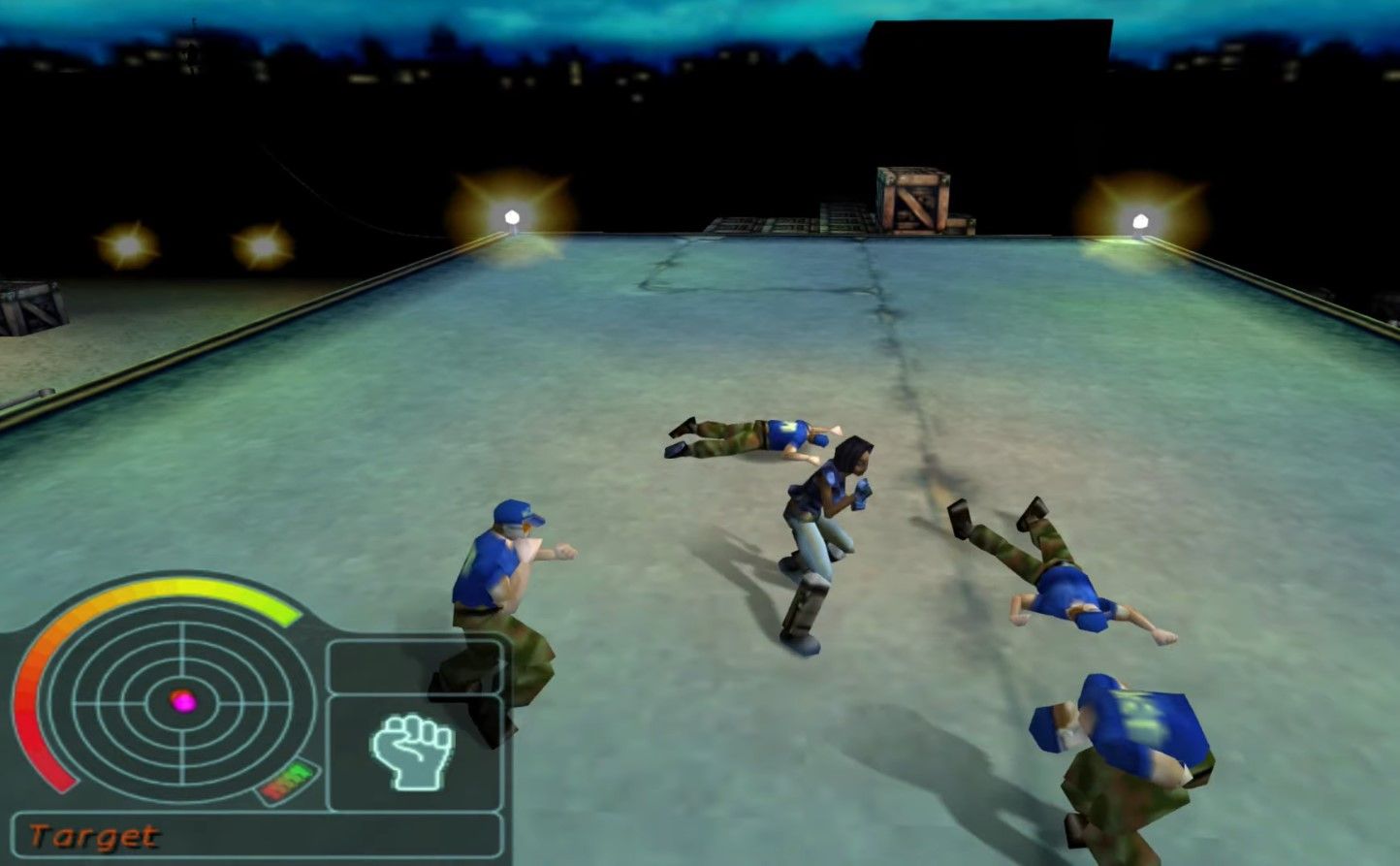
D’arci Stern, a young police rookie in Union City, uncovers that such prophecies might have different implications for her city. Random acts of violence fit into a pattern. Words have the power to turn heads. Roper McIntyre, a jaded vigilante, also inserts himself into events.
Pedestals that highlight changes
One aspect that drew people’s eyes was the 3D open-world design. Or, rather, an open world divided into sections. Bear in mind though, it made it to PC on 10 December 1999, almost 2 years before Grand Theft Auto III, the title that popularized the genre.
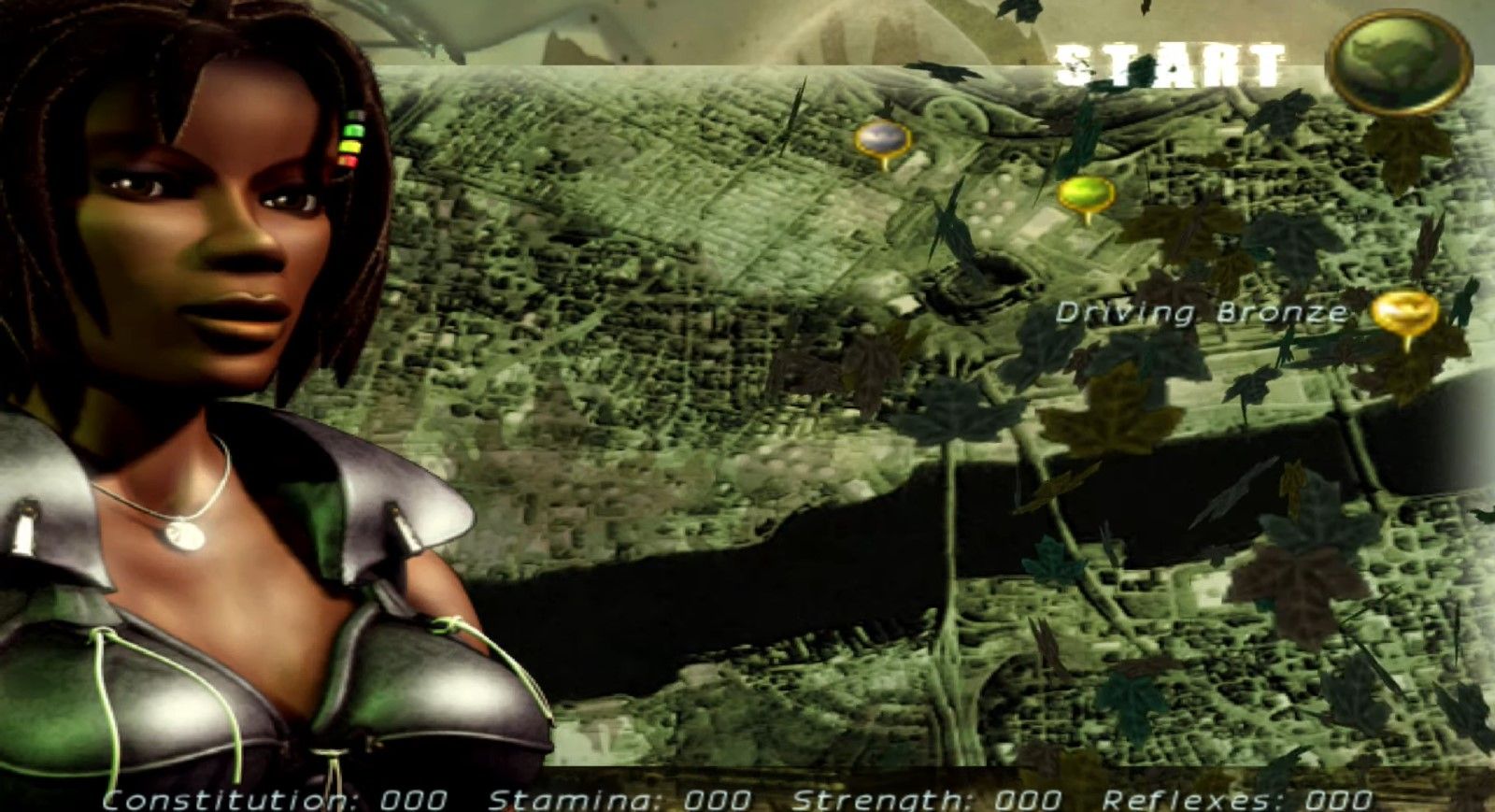
The explorable world surprised many gamers. Leaves blow across pavements, civilians walk around the city, and cars move through the streets. Variations in the terrain, from parks to alleyways, keep it somewhat fresh. The various dead ends and byways give it an endearing charm.
It isn’t a cardboard cut-out, either. One can talk to NPCs to find out information. There are also hidden nooks to explore. High above, one can also use zip lines for added verticality.
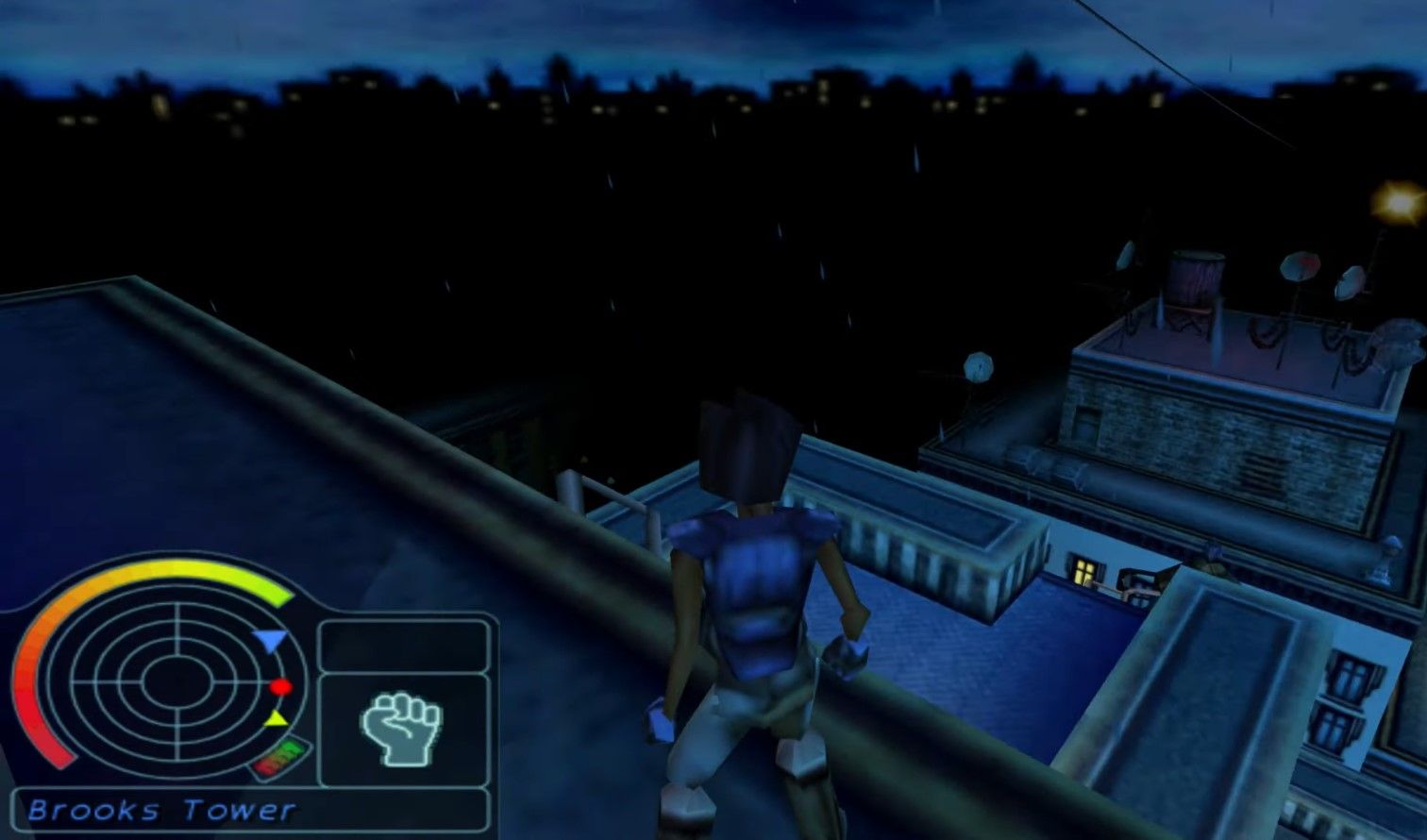
Mucky Foot Productions, the developers behind the game, had to work around the limitations of the day, though. This is noticeable in the PlayStation 1 version, where the short draw distance obscures much of the horizon. Still, Urban Chaos provided an experience that was uncommon in the console realm.
Levers of confrontations
Urban Chaos ventured into untested waters. The developers had to find ways to approach the gunplay, driving, running, and hand-to-hand fighting in a 3D game that gave an experience akin to an open-world one. It sometimes feels rather unwieldy, though.
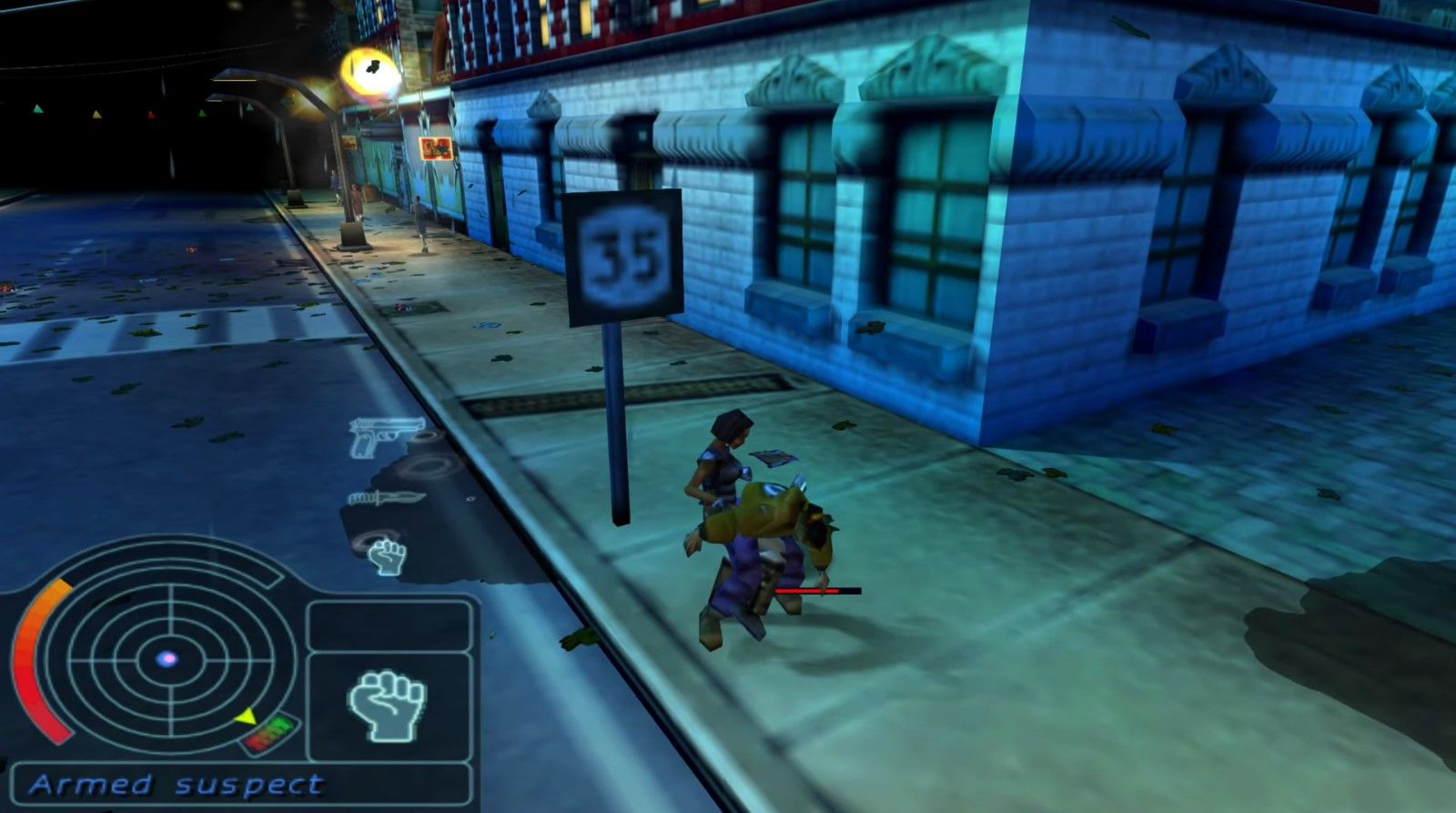
Characters aren’t easy to control, and they don’t always follow your commands to a tee. It is fun, though. D'arci Stern can perform a skiing tackle that launches suspects into the air, which never gets old. It isn’t all about violence either, because the player can arrest certain suspects, too.
Scents in the air
From the get-go, the game tries to tackle serious subjects. The story introduces gun violence, murder, and discussions of suicide in the first couple of sections. The world is also dark, in tone as well as palette. Denizens are not afraid to curse or throw their weight around to make a point.
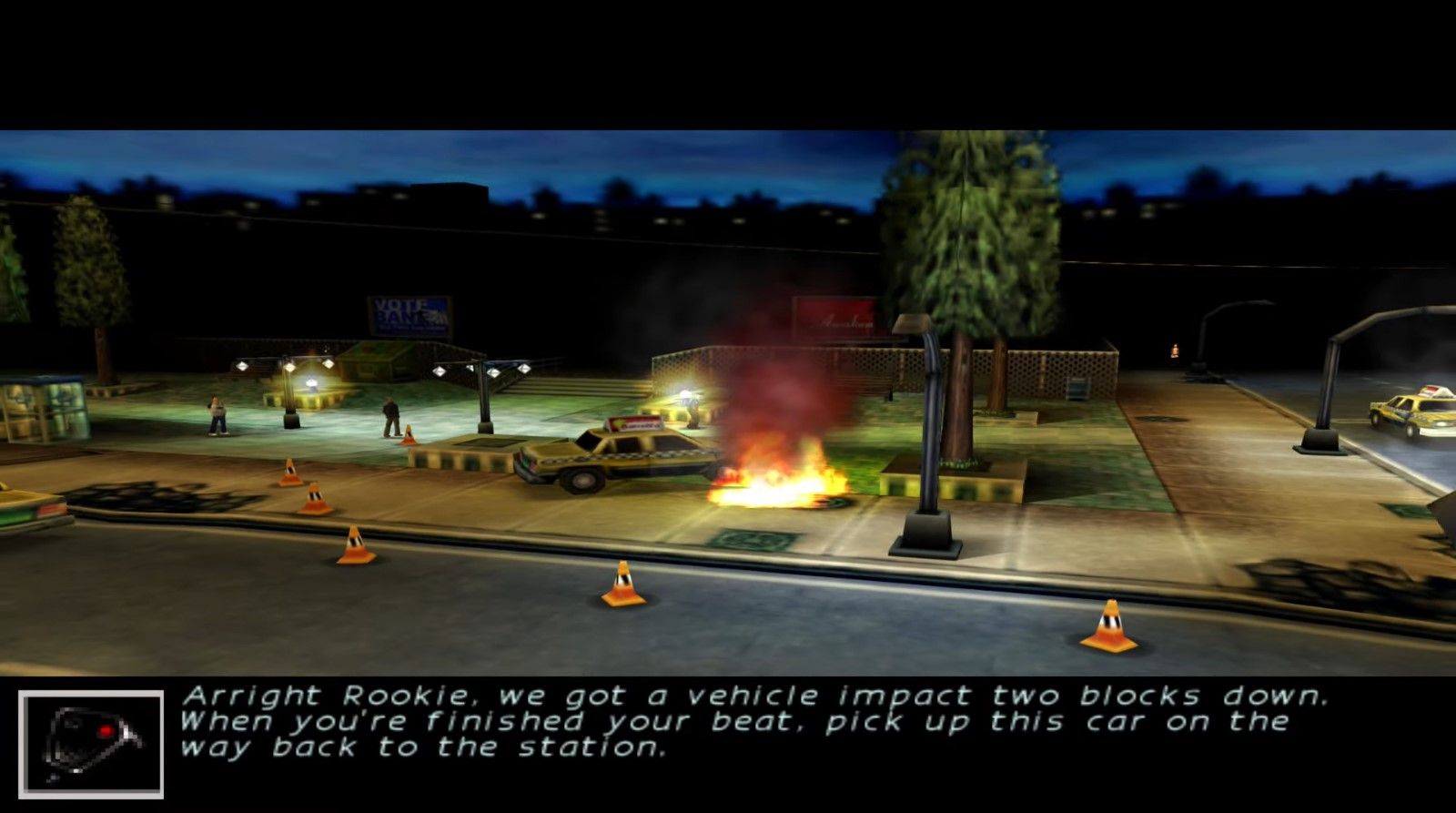
D’arci herself faces a lot of hostility in the game world. Friends are few, and they don't seem to be the most reliable types. It illustrates how the dire situation has eroded even the social links that keep a community together.
The game paints a picture of a city on the verge of collapse. In 1999, with some people’s heads full of Nostradamus, this was one possible future people saw in their nightmares. Safety is rare in this reality. Hopelessness had won the day.
Numbers written in the sky
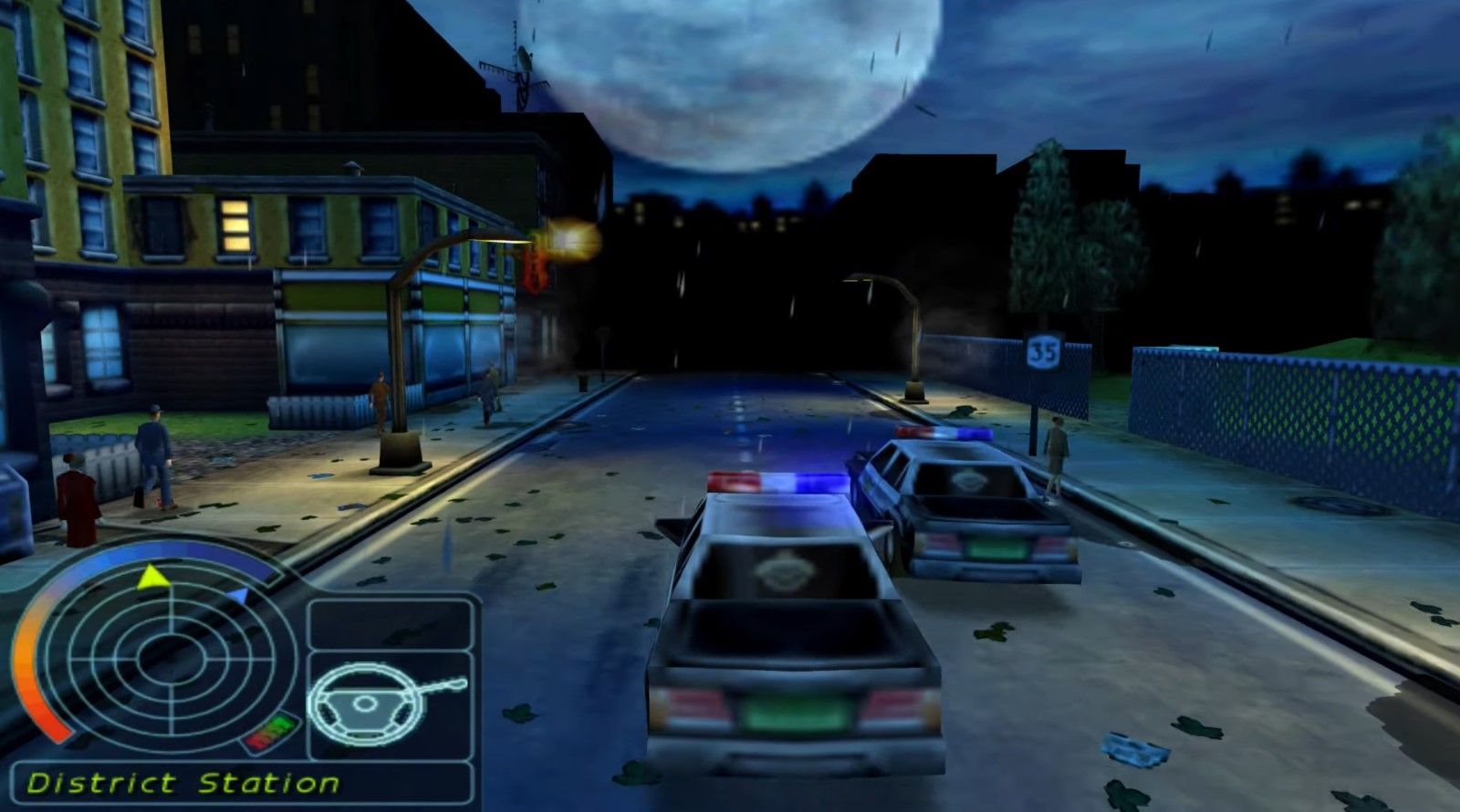
Urban Chaos made its way to 3 different platforms: Windows PC, the original PlayStation, and Sega Dreamcast. By the time it reached Sony's machine in 2000, the console was nearing the end of its lifecycle, so it’s logical that this edition was more limited. In the last issue of the Official Sega Dreamcast Magazine (US), Evan Shamoon wrote of the performance on the Dreamcast port:
Due to a lack of interest, time or talent, Urban Chaos was released as a choppy mess with looooow framerate. Not only does the game look only marginally better than its PlayStation cousin (read; utterly atrocious), but it fails to even push things along at a decent clip.
Other reviewers were more complimentary. Erik Wolpaw, a Gamespot writer, gave Urban Chaos 8.3/10 in January 2000. He praised how the game made you feel like a superhero with its stylish and tactical gameplay.
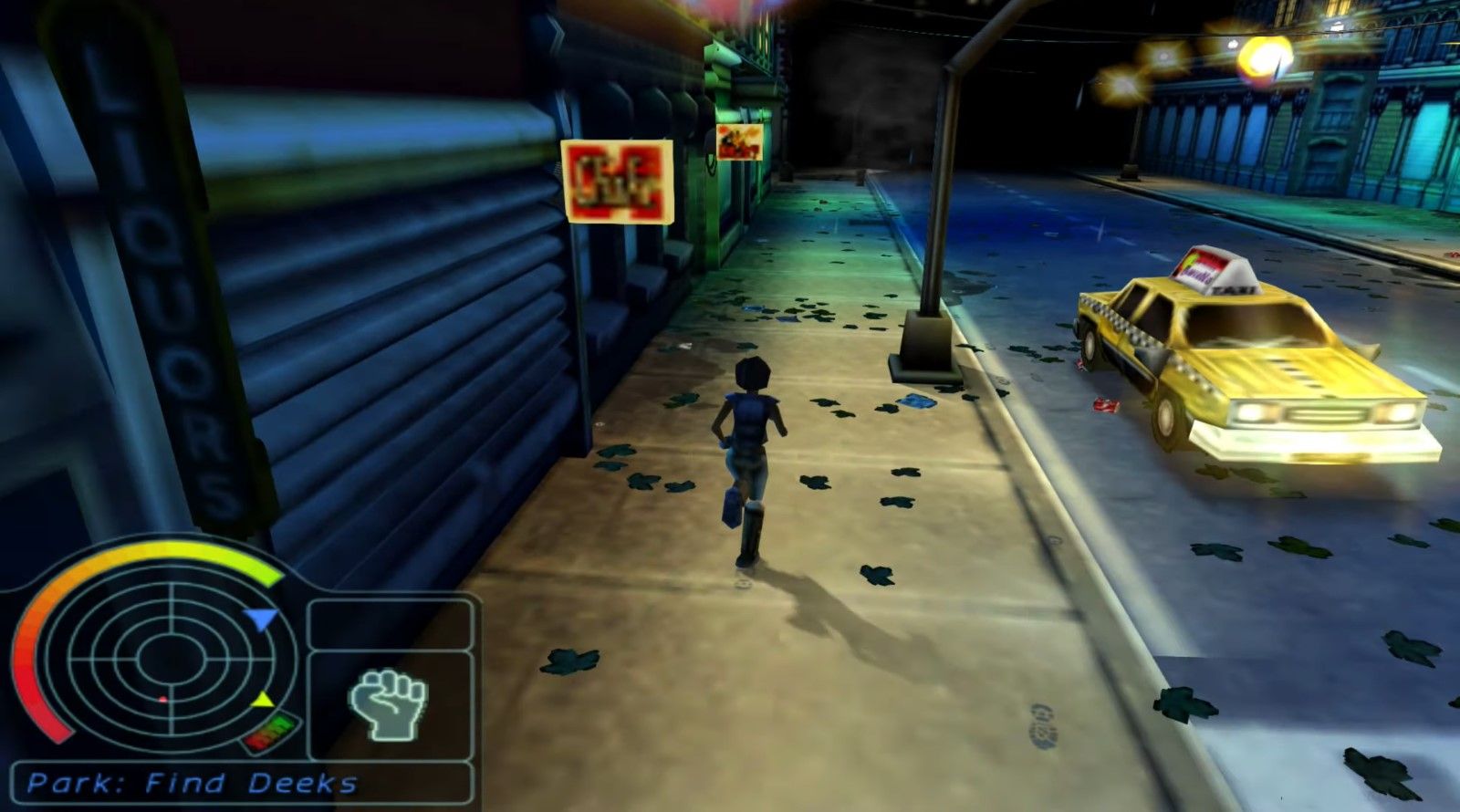
Urban Chaos’ sales were decent, but it wasn’t a runaway success. Commercial disappointments put pressure on its developer and the company, with 3 former Bullfrog founders, shut its doors in late 2003. Apart from Urban Chaos, it had also worked on imaginative titles like Startopia.
Mucky Foot had pitched different versions of Urban Chaos 2 to Eidos on three different occasions, only to face rejection each time, though the name lived on through an unrelated first-person shooter, Urban Chaos: Riot Response (2006). Nowadays, it’s a game many recall with fondness. Urban Chaos mined its days’ fears for the building blocks of its dark, innovative world.